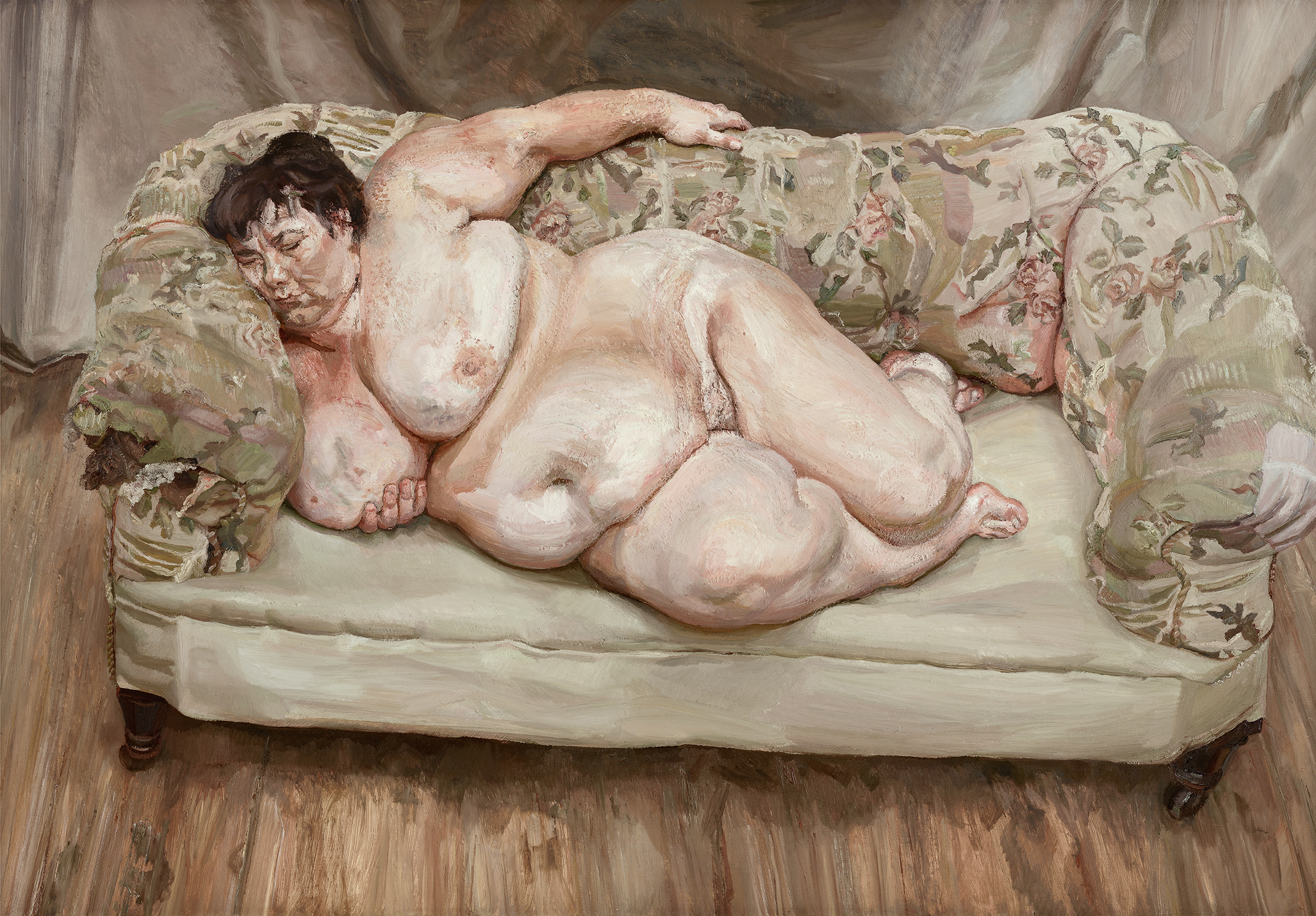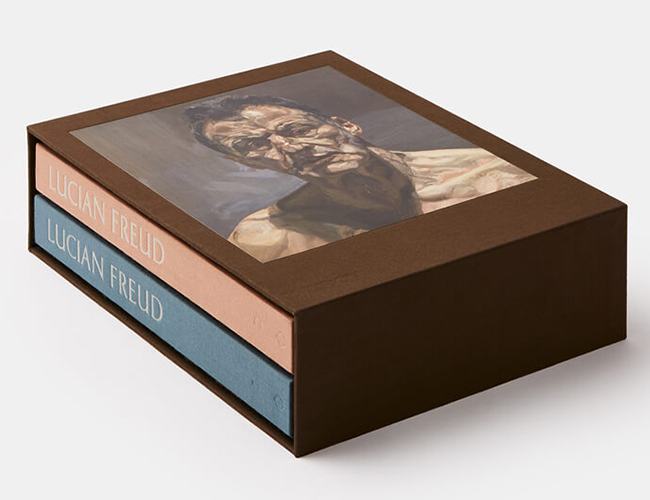
Lucian Freud Slices of Life - The Latter Years
The passing years didn’t dim Freud’s ambition - in fact his talent, along with his canvas sizes, grew as he aged
Lucian Freud’s ambition did not dim as the years went by. If anything, in later life, it became more pronounced. “In 1991, Freud told Leigh Bowery, ‘I’ve become increasingly ambitious with age,’” writes Martin Gayford in our new two-volume publication devoted to the artist. “’It’s a fascination with difficulties. I don’t like many hours to pass without working.’” Almost a decade later, as he approached eighty, that was still so.
Retirement was, quite clearly, not an option. “What does that mean?” the artist asked the newspaper editor Geordie Greig in 2010. “Not doing what you have always done so that you have to find something to do?”
As his fame grew and his prices rose, the artist even gave up his longstanding hobby, gambling, seemingly because, as Gayford writes in our book, “it was impossible to persuade a bookmaker to take a bet large enough to give Freud the adrenaline rush he craved.”
Instead, he devoted himself to painting. “I work every day and night,” Freud said in 2010. “I don't do anything else. There is no point otherwise.”
This devotion paid off. “The last phase of Lucian Freud’s life was the period in which his renown became truly worldwide,” writes Gayford. “These years were punctuated by a series of major exhibitions, beginning with an eightieth birthday retrospective at Tate Britain in 2002.
“As Freud attained the status of an Old Master, the value of his pictures rose ever higher, culminating in his 1995 painting, Benefits Supervisor Sleeping, fetching $33,641,000 at Christie’s, New York, in 2008 – making it the most expensive work by a living artist that had ever sold at auction,” Gayford writes.
“The artist’s attitude towards these stratospheric prices was a characteristically dry one. In 2009, after he had bought a portrait by John Constable for a six-figure sum, he remarked on its relative cheapness, adding, ‘my own things have become so expensive ’.”
Parity between Freud’s own works and the Old Masters can seem justified when you consider the size and quality of his late work. His portraits from the 1990s and the early 20th century, featuring subjects such as the performance artist Leigh Bowery, Bowery’s friend Sue Tilley (the model in Benefits Supervisor Resting and Benefits Supervisor Sleeping), and Freud’s assistant David Dawson, are large – some nearly two metres wide.
Even when he painted on a smaller scale, such as in his nine-by-six inch portrait of the Queen, he still wanted “‘to make a big small painting’,” Gayford explains. “This was a perennial aim: even a tiny image was intended to have a monumental effect.”
Whatever the dimensions, the brilliance of the work was beyond dispute. The intensity with which Freud studied his subjects is captured perfectly in these paintings, even if the scrutiny left its marks on his sitters; Gayford, who modelled for the 2004 painting, Man in a Blue Scarf, was pleased to enjoy supper with Freud after the sittings but soon realised that the painter's scrutiny of him continued as they chatted.
Even a spell of amnesia towards the end of his life may not have been an impediment to the painter, Gayford suggests. “For decades, he had preferred to avoid the ‘tyranny of memory’. Everything he needed to know was present in front of him, so fading recollection did not affect the quality of his work at all.
Portrait of the Hound,” writes Gayford, “another naked portrait of David Dawson, his assistant for the last 20 years of his life, and Eli, tender and pensive, was also incomplete at the artist’s death in July 2011. Even unfinished, it is a fitting conclusion to his life ’s work: the painter seeming to break off like a person in conversation, halfway through a sentence.”
Far from drawing his career to a close, the painting’s unfinished quality suggests Freud, near the peak of his powers, could have gone on forever.
